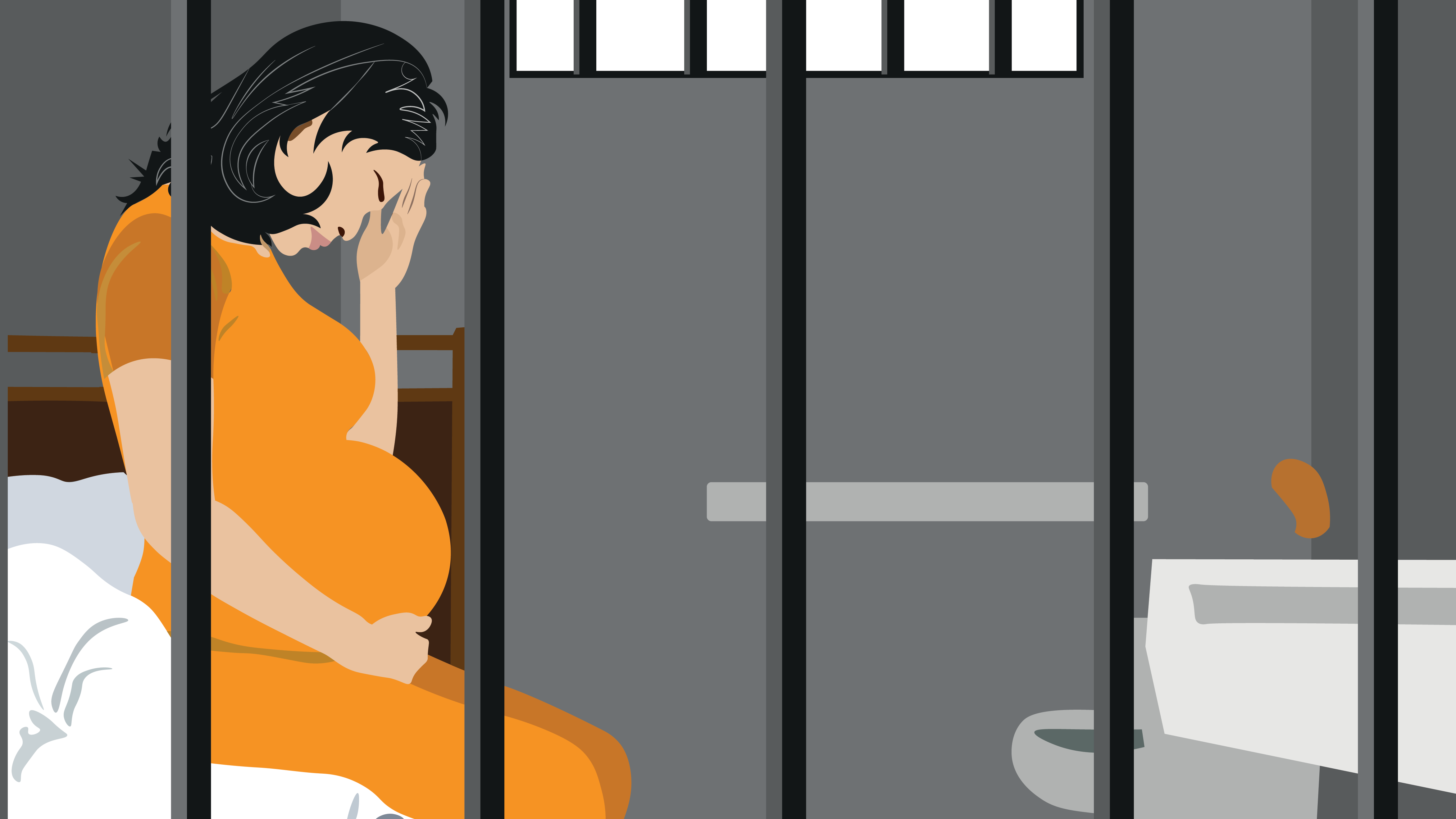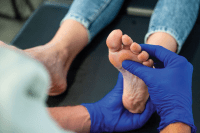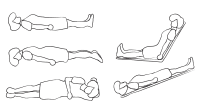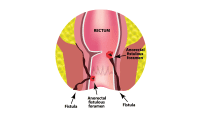About 6% to 10% of women are pregnant when they enter correctional facilities. Most of these women have committed nonviolent crimes, frequently arising from difficult life circumstances, prolonged disadvantage, significant physical and sexual abuse, numerous losses, and unrelenting stress. Many have had a lifetime of sexual victimization, often leading to drugs to escape their suffering.
Pregnant women who are incarcerated—and their infants—are considered high risk, both physically and psychologically, largely due to little or no prenatal care, poor nutrition, smoking, homelessness, psychiatric histories, alcohol and substance abuse, and domestic violence. Living in a prison environment is stressful. Women must learn to navigate the strict rules of correctional facilities whose primary responsibility is security.
Various prison conditions, such as poor nutrition, lack of adequate exercise, fresh air and sanitary conditions, and in some facilities, inadequate prenatal care, can also negatively affect the pregnant woman and her fetus. Many women in prison receive inadequate childbirth and parenting education and receive little if any support after the mother’s separation from her infant following delivery. Women find themselves grieving the loss of their infant, often without adequate counseling in place.
In addition to all these difficulties is the fact that in most states pregnant women are transported to a local hospital facility or clinic for their prenatal care and delivery of their newborn, and many of the states use hand restraints or shackles during transport. Some state correctional facilities also continue to use belly chains and leg irons in addition to hand restraints during transportation.
The shame that pregnant women experience while sitting in a prenatal clinic attended by a correctional officer and handcuffed adds to their emotional pain and loss of dignity. Combined with the physical distress that accompanies labor and delivery, many women must also cope with the inhumane practice of being shackled and/or restrained during labor and delivery.
Scope of the problem
It has been difficult to determine the exact number of states that continue the practice of shackling pregnant prisoners. Many states do not include their policies related to pregnant women on their websites. The Rebecca Project for Human Rights and the American Civil Liberties Union have been collecting this information, but not all states are willing to disclose their policies. In a national study, only 19 state women’s prisons were willing to complete a survey designed to obtain comprehensive information about health care practices for pregnant women, including the use of shackling and restraints.
Although the use of shackles during labor and delivery does not violate criminal laws, it does violate internationally recognized human rights standards. Amnesty International’s 1999 report on jails and prisons in the United States, “Not Part of My Sentence: Violations of the Human Rights of Women in Custody,” revealed for the first time the widespread use of restraints on incarcerated women in the United States during transportation to medical facilities, labor, childbirth, and during the postpartum period.
According to the Rebecca Project for Human Rights, a national advocacy organization, the use of shackles and restraints at this time is “especially cruel” because the vast majority of incarcerated women are not violent criminals. Most have been arrested for nonviolent crimes, like drug-related offenses, larceny, and theft. Because of the persistent efforts of the Rebecca Project for Human Rights combined with other nonprofit organizations and policy makers, the Federal Bureau of Prisons and the U.S. Marshals Service finally decided to severely limit the use of shackles on incarcerated pregnant women. In the past few years, California, Colorado, Hawaii, Idaho, Illinois, New Mexico, New York, Nevada, Pennsylvania, Rhode Island, Texas, Vermont, Washington, and West Virginia passed legislation to restrict the use of shackling and restraints with pregnant incarcerated women. Most of these states allow for the use of restraints if a woman poses a threat to herself, her baby, or others, or if she is a serious flight risk, but none have reported any problems since the laws went into effect.
Restraining pregnant women threatens the health of the woman and her unborn child, interferes with the work of health care providers, increases pain, and can lead to significant complications and trauma. The American College of Obstetricians and Gynecologists (ACOG) has condemned the shackling of pregnant women during labor and delivery. ACOG identified the potential health risks to the mother and the infant, stating that shackling and restraints reduce a physician’s ability to properly assess the patient and fetus and complicate labor and childbirth unnecessarily. The American Association of Public Health has similarly advised against the use of restraints during labor and birth in its book, Standards for Health Services in Correctional Institutions. In 2009, the American Correctional Health Professional Association also developed a position paper opposing this practice.
Call for action
Nurses must join their professional colleagues in advocating for best healthcare practices in correctional facilities and oppose the unnecessary and inhumane use of shackles and restraints with pregnant incarcerated women. Nurses can urge their professional organizations to write position papers opposing this practice and lend support to organizations such as The Rebecca Project.
Nurses who work in correctional facilities and in hospitals where many pregnant incarcerated women receive their prenatal care can collaborate with other professionals and correctional officials to change policies.
Above all, nurses can join others in being a voice for this underserved, vulnerable and silent population.
For more information go to The Rebecca Project website (www.rebeccaproject.org), Amnesty International (www.amnesty.org), or the American Civil Liberties Union (www.aclu.org).
Ginette G. Ferszt is an associate professor of nursing at the University of Rhode Island in Kingston, Rhode Island.


















